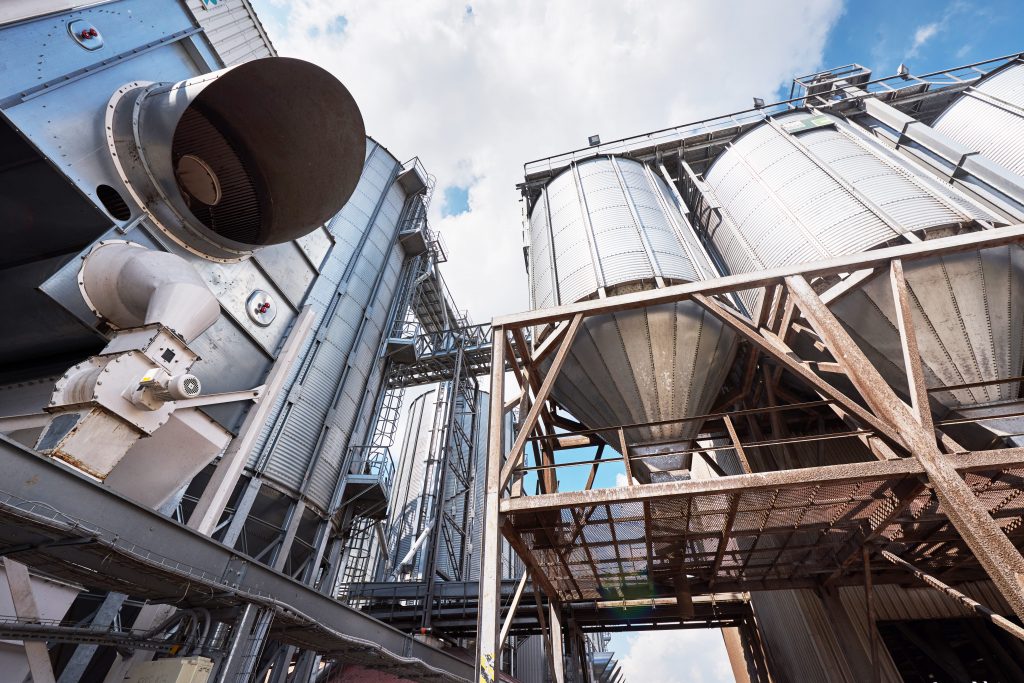Cement, an essential ingredient in construction, plays a vital role in shaping our built environment. Cement production is a complex and fascinating process that involves a series of intricate steps in cement plants. This article will provide a detailed overview of the complete process and highlight the primary stages for producing quality cement.
Step 1: Quarrying and Raw Material Preparation
The first step in cement production is the extraction of raw materials, primarily limestone, clay, and shale, from quarries. These materials are typically located near the cement plant to minimize transportation costs. Once extracted, they undergo crushing and grinding to reduce their size and ensure proper chemical composition. Site supervisors then blend these raw materials in the correct proportions to create the necessary mix for cement production.
Step 2: Raw Meal Homogenization and Preheating
The raw materials, which we refer to now as raw meals, undergo transportation to a storage silo where they have to process through homogenization. This process ensures consistent composition and eliminates any variations in the mixture. Subsequently, workers also preheat the raw meal using preheated towers or cyclone systems, which recover heat from the kiln exhaust gases. Preheating increases the efficiency of the system while reducing energy consumption.
Step 3: Clinker Production
The preheated raw meal enters the rotary kiln, a large cylindrical furnace inclined on an angle. The kiln operates at high temperatures (up to 1,500°C) and serves as the primary heat source for the production process. Inside the kiln, chemical reactions occur to formulate clinker, a marble-sized nodular material. The intense heat causes the raw materials to fuse and form clinker, which contains the necessary compounds for cement production.
Step 4: Cement Grinding and Packaging
After removing the clinker from the kiln, workers cool and store it temporarily. Then, they transport it to the cement mill, where it gets finely ground with gypsum and other additives to produce cement. The grinding process enhances the reactivity of the clinker particles, allowing them to react more effectively with water. The resulting fine powder, known as cement, undergoes quality control tests to ensure compliance with specific standards.
Once the cement passes the quality control tests, it is ready for packaging. Cement companies typically pack it in bags or ship in bulk using specialized containers or trucks. Packaging involves automatic filling, weighing, and sealing to ensure accuracy and prevent moisture ingress. The packaged cement undergoes rigorous labeling and palletized for convenient transportation and storage.
Step 5: Environmental Considerations and Sustainable Practices
Cement production is resource-intensive and can have significant environmental impacts. However, the industry has made substantial progress in adopting sustainable practices. Cement plants increasingly focus on energy efficiency, using alternative fuels such as biomass or waste-derived fuels to reduce carbon emissions. Furthermore, using advanced technologies, like calciners or pre-calciners, enhances energy recovery and minimizes waste generation.
Conclusion
Cement production is a complex process involving multiple stages in cement plants. It begins with quarrying and preparing raw materials for clinker production, grinding, and packaging. Each step equally contributes to the final product. By implementing sustainable practices, cement plants strive to minimize their environmental footprint while meeting the growing demand for this essential construction material.

